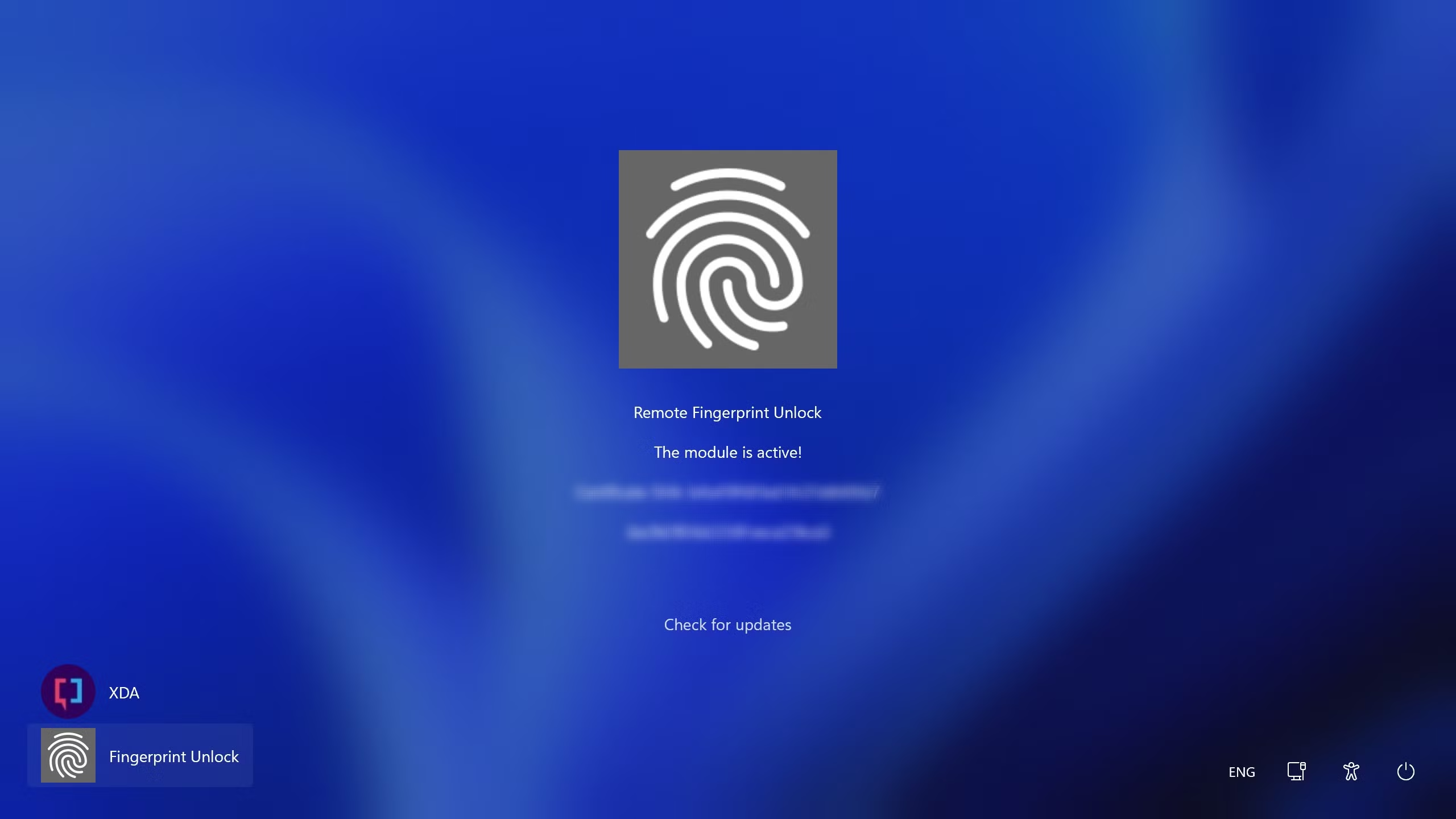Upgrading your graphics card can dramatically boost your computer’s gaming, video editing, and rendering performance. But before purchasing a new GPU, it’s critical to check whether your motherboard supports a GPU upgrade. Follow this step-by-step guide to ensure compatibility.
Step 1: Identify Your Motherboard Model
- Press Windows + R, type msinfo32, and press Enter.
- In the System Information window, look for BaseBoard Product and BaseBoard Manufacturer. Note these details.
Alternatively:
- Open your PC case and read the model number directly from the motherboard.
Step 2: Check for a PCIe x16 Slot
Most modern graphics cards require a PCIe x16 slot.
- Look up your motherboard model on the manufacturer’s website.
- Locate the specifications section and confirm it includes at least one PCIe x16 slot.
- Make sure it’s version PCIe 3.0 or higher. New GPUs are backward compatible, but performance may be limited on older slots.
Step 3: Confirm BIOS Compatibility
A newer GPU may not work with very old motherboards due to BIOS limitations.
- Visit your motherboard manufacturer’s support page.
- Look for BIOS update notes to see if newer GPUs are mentioned.
- Update your BIOS if a newer version improves GPU compatibility.
Step 4: Check Power Supply Requirements
GPUs often require more power than integrated graphics.
- Determine your power supply unit (PSU) wattage.
- Check the GPU’s power requirements from the manufacturer.
- Ensure your PSU has the necessary PCIe power connectors (6-pin, 8-pin).
Step 5: Measure Physical Space
Some high-end GPUs are large and may not fit inside compact cases.
- Measure the internal clearance from the PCIe slot to any obstructions.
- Compare with the length and width of the new GPU.
Step 6: Ensure CPU-GPU Compatibility
While not strictly a motherboard issue, a weak CPU may bottleneck a high-end GPU.
- Use online tools like bottleneck calculators.
- Compare benchmarks of your CPU-GPU combo.
Step 7: Verify Display Output Support (Optional)
If your monitor uses HDMI 2.1, DisplayPort, or older ports like VGA/DVI, ensure the new GPU supports them.
- Adapter options are available but may limit resolution or refresh rate.
Final Check: Compatibility Summary
Before purchasing a new GPU, confirm:
- Your motherboard has a PCIe x16 slot (preferably PCIe 3.0 or higher).
- Your BIOS is up to date.
- Your power supply meets wattage and connector requirements.
- The GPU physically fits inside your case.
- Your CPU can keep up with the GPU.
By carefully following these steps, you can confidently determine if your motherboard supports a GPU upgrade without compatibility issues.





